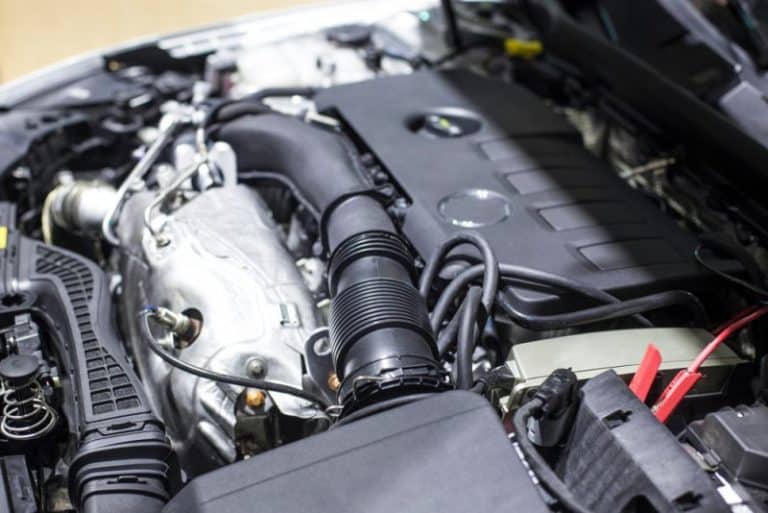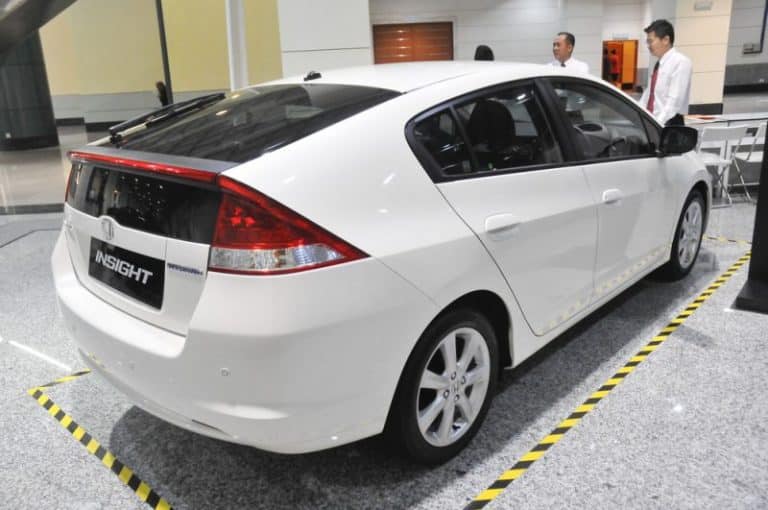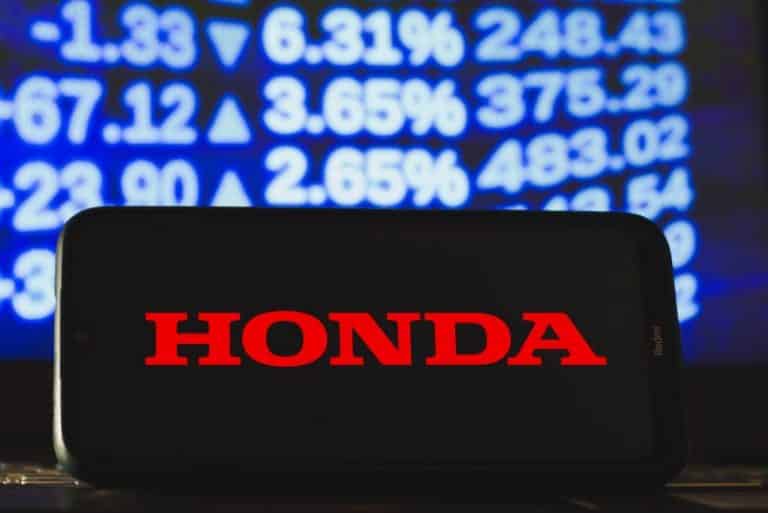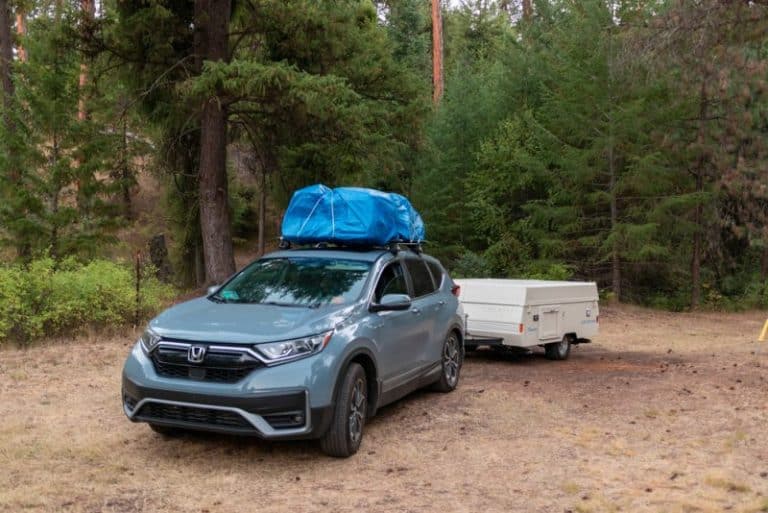Does Honda Pilot Use Regular Gas? (Let’s Find)
It’s no doubt that Honda is a spectacular brand of automobile. Moreover, most of their models appear to be the most fuel-efficient automobiles in each motor-driven industry segment.
Despite their efficacy, customers question the kind of gas their pilot model uses, whether it’s regular.
You shouldn’t use the wrong type of gas for your Honda Pilot.
Honda pilots use regular gasoline of about 87 octane rating or more. However, Honda Pilot owners should avoid using a gas that contains methanol and more than 15% ethanol. The Honda brand even suggests a top-tier gas if obtainable.
Do Hondas Need Premium Gas?
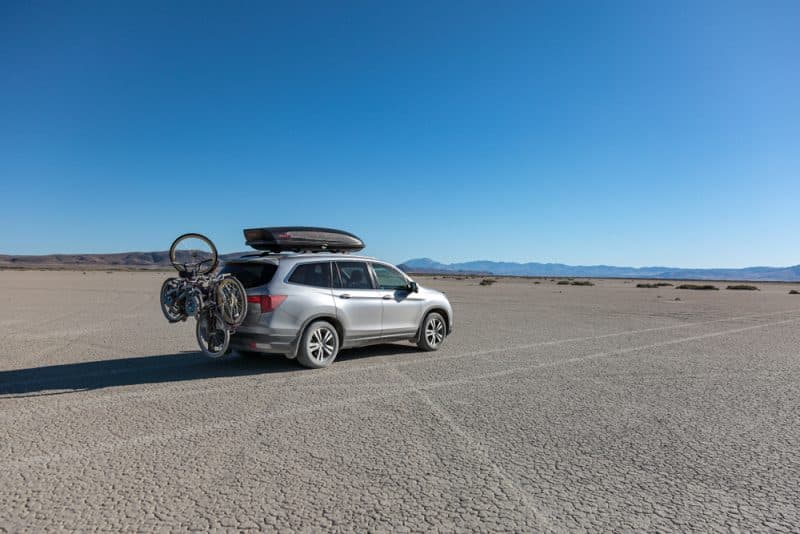
According to engines.honda.com, Hondas don’t need premium gasoline. They don’t need higher octane gas to operate smoothly.
When I say hondas don’t need premium gasoline, I don’t mean you can’t use premium gas in Hondas. But, of course, you can, though it’s not necessary.
You should know there exist different car engines. Some car engines possess more compression ratios than others.
And by this high compression ratio, they’ll need a gas that withstands a greater compression level; premium gas.
But the case is different when it comes to honda automobiles with these kinds of engines; they use regular gasoline.
Turbocharged car engines which possess turbochargers are an excellent fit for premium gasoline. They’re a great fit because of the possibility of an improved fuel economy with these premium gas.
But still, as for Honda automobiles with turbochargers, premium gasoline is not needed.
Turbocharged Honda cars like EX-L and CR-V don’t require premium gas. Instead, they operate smoothly with regular gas as recommended by their manufacturer. Still, you can learn more if Honda CRV Require Premium Gas or not?
Note that ‘premium’ according to your dictionary is something of Superior value or quality.
But when you come to gas fuels, it’s pretty different. ‘Premium gas’ doesn’t necessarily mean the gasoline is of superior quality.
Even if your manufacturer designs a particular car model to operate with regular gasoline, switching to a premium gas will have no negative impact on your car’s performance.
It’ll have no benefit as well.
Using premium gas in your car that requires a regular one will cost you. You’ll have to pay more.
What Kind Of Gas Does Honda Pilot Use?
Honda pilot uses unleaded gasoline with an octane rating of 87 or more.
It shouldn’t contain methanol or MMF because MMF consists of manganese-based additives, which could be dangerous to the engine of your Honda Pilot.
Top Tier gas is preferable because it assists in the cleaning and prevention of carbon buildup inside your pilot engine.
In addition, with top-tier gasoline, your engine will operate with greater efficiency.
Also, strictly use gasoline with an ethanol percentage of 1-15%. Don’t use any gas with more than that specified percentage because ethanol has 28% less energy than gasoline.
It reduces fuel efficiency. You can likewise use premium gas if you wish. It’s not bad though I suggest you follow your manufacturer’s instructions.
I even see no reasons why you would want to use premium gas when your user manual booklet instructs the use of a regular one.
Using any other gasoline other than the recommended one from your producer can result in long-term engine damage.
They know everything about engine design, so their recommendations are always perfect.
In a consumer notice, the Federal Trade Commission states that scenarios of utilizing a higher octane gas than your user manual suggests will offer you no benefit.
Your car will not operate better nor run cleaner.
Don’t use high octane gas when your user manual doesn’t recommend it. For example, you may use high-octane gas only when your engine is knocking.
Differences Between Regular And Premium Gas?
Even though regular gasoline and premium gasoline is crude oil products, they differ.
The main differences are; regular gas has a lower octane rating than premium gas, regular gas doesn’t allow the use of higher compression ratios while premium gas does, and regular gas is cheaper than premium gas.
Now, let’s discuss them in detail.
#1. Regular Gasoline Has A Lower Octane Rating Than Premium Gas
In essence, what I am saying is. The octane rating is higher in premium gas than in regular gasoline.
So what is an octane rating? Octane rating measures the tendency of fuel or gas to withstand pressure without detonating.
Regular gas has an octane rating of about 87, while Premium Gas has theirs from 91-94. You can see here that the octane rating of premium gas is more.
Fuels withstand more pressure with a higher octane rating. That means that premium gasoline will withstand more pressure than regular ones.
Premium gas will hardly, if not never, experience situations of accidental ignition. Engines with high octane ratings also produce less exhaust and emissions than those with low octane ratings.
#2. Regular Gas Doesn’t Allow The Use For Higher Compression Ratios Like Premium Gas
This point explains that premium gas with a high octane rating allows the use of higher compression ratios.
The compression ratio in an engine represents the ratio volume in a combustion chamber from its largest to smallest capacity.
Higher compression ratios allow machines to extract more mechanical energy due to high thermo-efficiency.
High-performance engines operate with high compression ratios, which means they’re likely to suffer denotation.
In compensation, they need to have higher octane gas which has a high resistance to burning, than lower octane.
#3. Regular Gas Is Cheaper Than Premium Gas
Premium gasoline is expensive compared to regular. Premium gasoline’s increased price could be because it has a higher octane rating.
Even though regular and premium gas prices vary in different locations, the price difference between them is around 20-40 cents per gallon.
You can see here that using premium gas when your car is a regular gas automobile only incurs unnecessary costs.
If you have enough cash, it would be better you start up a charity organization.
Disregard any misconception that premium gas is better since it’s expensive. Premium is not so much better than regular gas.
It just depends on the way producers design their car engines. Some manufacturers design their engines to run on regular gas while others on premium gas.
So if your car runs on a high octane gas, try as much as possible to pay extra money to fuel it with premium gas.
Can I Mix Regular And Premium Gas?
You can, though not in every situation. For example, if your car is a regular gas automobile, fuelling it with an unleaded and premium gas mixture won’t cause any harm.
Problems may only arise if you fuel a premium gas automobile with a regular and premium gas mixture.
For instance, if your car runs on 87 octane fuel, you can fuel it with an 87 and 90 mixture. Likewise, if it runs on an 89 octane fuel, you can fuel it with an 89 and 90 mix.
Don’t use regular gasoline for a premium gas automobile, except the instruction is from your manufacturer.
Which Octane is best for the Honda Ridgeline/Pilot/passport?
Conclusion
Honda automobiles, including their Pilot model, use regular gasoline to operate. So if your user manual doesn’t recommend high octane gas and your engine is not knocking, don’t utilize it!
Manufacturers merely design premium gas to withstand more compression in turbocharged cars. But Honda models with turbochargers are an exception.
Instead, the Honda brand has created them to use regular gas.

